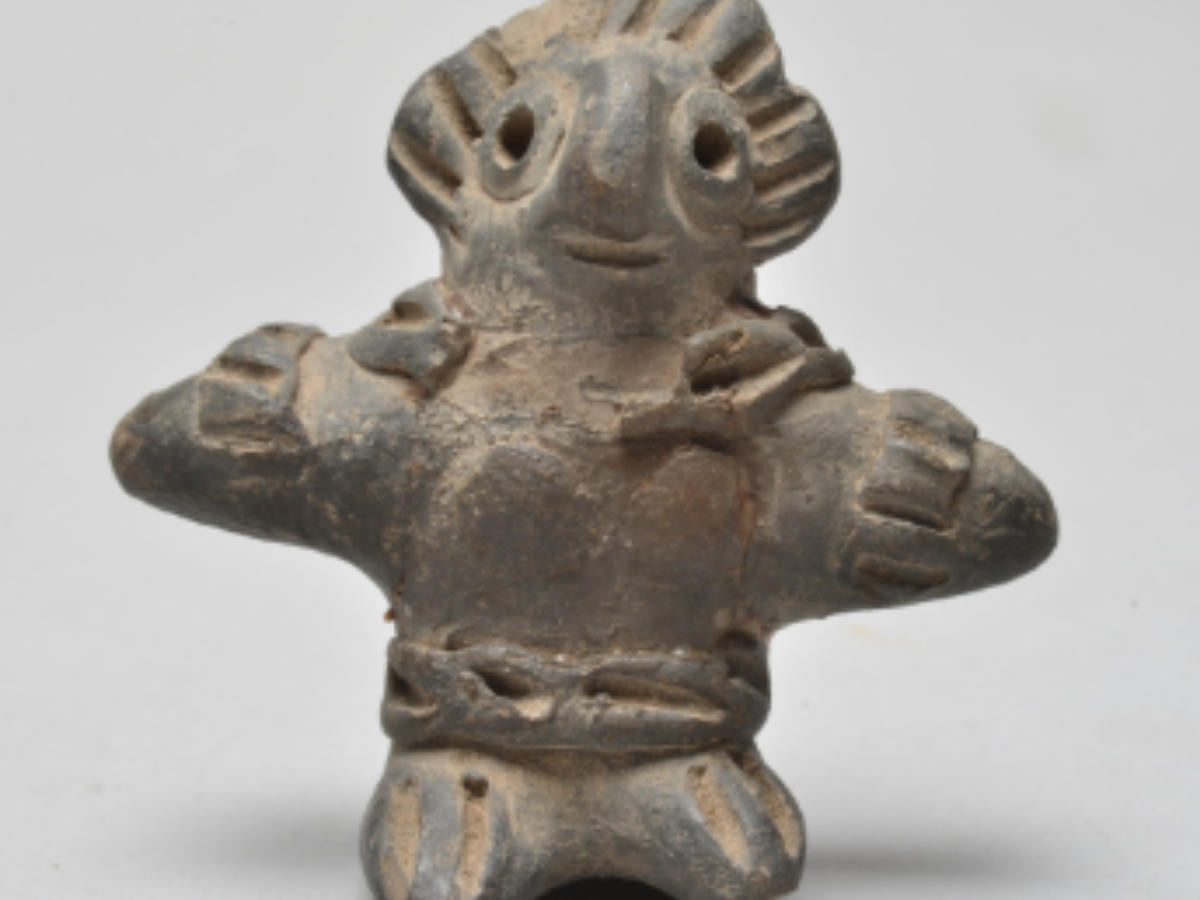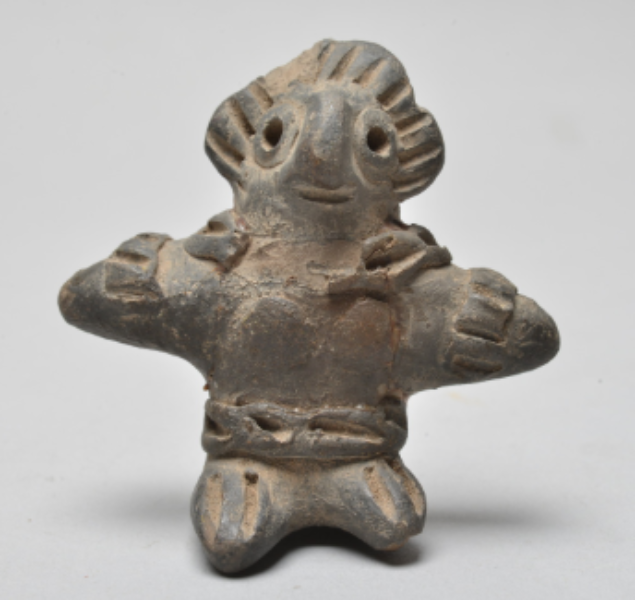State
Tribe Name
Art Type
short description
The Saora tribe is an indigenous community mainly residing in parts of eastern India-primarily, Odisha-with some pockets spread across.. This community is very intriguing concerning its spirituality and culture-possibly one of the most interesting aspects about their religious life: votive figures, among which is the clay guardian of the Saora-they call it representations of the deity and of ancestral spirits. These terracotta figures are highly admired as being carefully made and offered as a ritual to ask for blessings, protection, and prosperity from the gods.
Thumbnail

Filter Postion
Left
Filter Background
Off
Theme
Filter Header Image

content
Image

description
The Saora tribe is an indigenous community mainly residing in parts of eastern India-primarily, Odisha-with some pockets spread across.. This community is very intriguing concerning its spirituality and culture-possibly one of the most interesting aspects about their religious life: votive figures, among which is the clay guardian of the Saora-they call it representations of the deity and of ancestral spirits. These terracotta figures are highly admired as being carefully made and offered as a ritual to ask for blessings, protection, and prosperity from the gods.
Made of natural clay, votive figures take on human or animal forms and are placed in sacred spaces or shrines during significant ceremonies. The Saora believe that these figures possess spiritual power, allowing them to serve as intermediaries between humans and the divine. The act of making these figures is a form of supporting artistic expression and is also a sacred act that is intricately interwoven with the tribe’s animistic belief system, wherein everything in nature, including the very life forms—animals, plant life, and the earth itself—are believed to have spiritual power. "The Clay Guardian of the Saora" signifies the tribe's sense of respect toward deities who watch over their community and keep their homeland flourishing. The figure reflects the tribe's attitude toward their ancestors' traditions maintained over the ages. The Saora thus continue to strengthen their cultural identity while keeping their spiritual life intimately intertwined with the making of and offerings to these terracotta images.
Image Mode
landscape
promoted
On
Verified
Off
